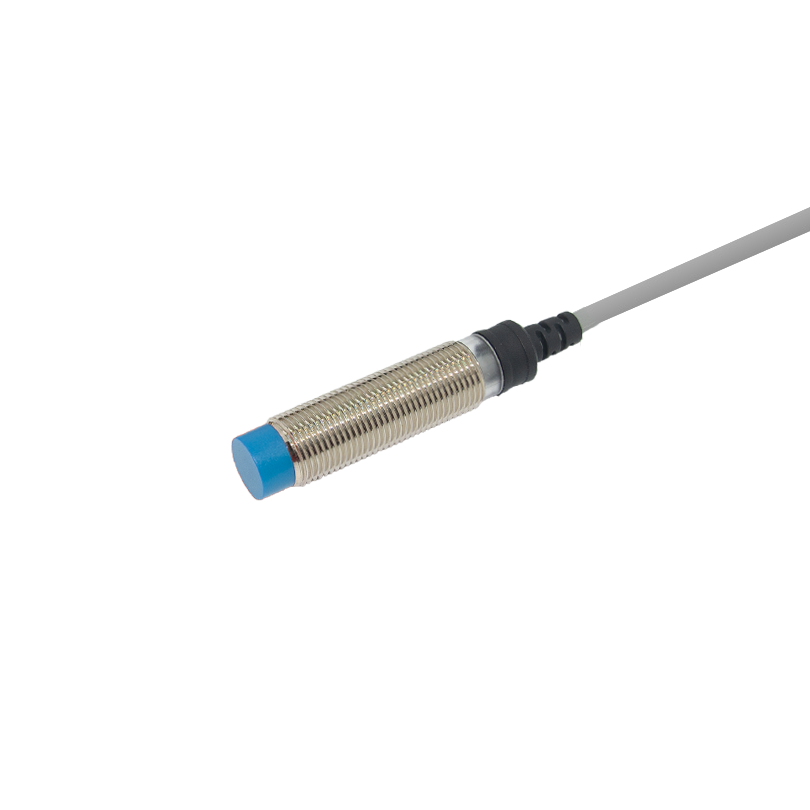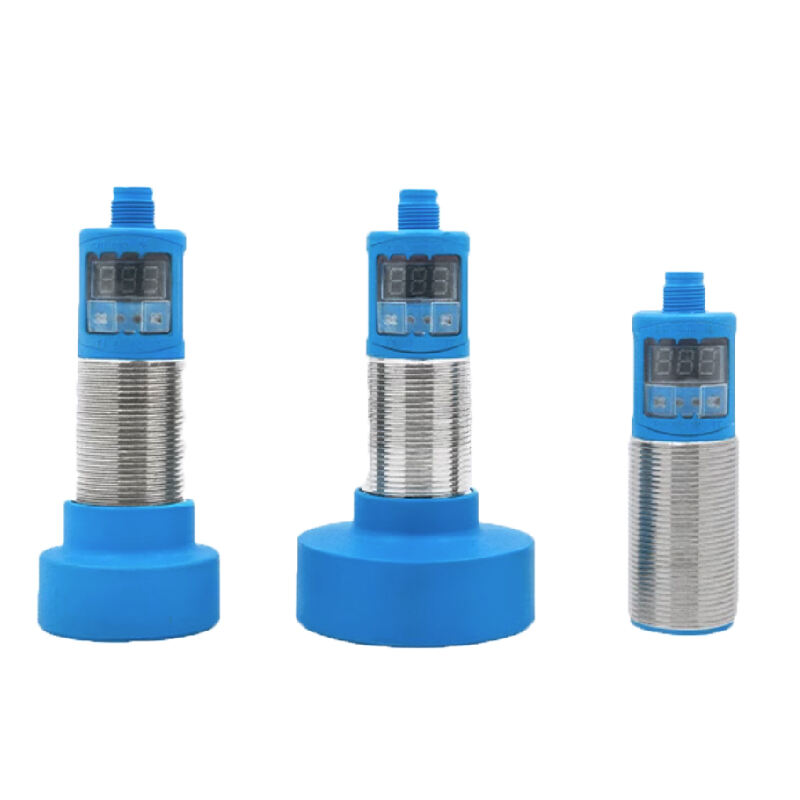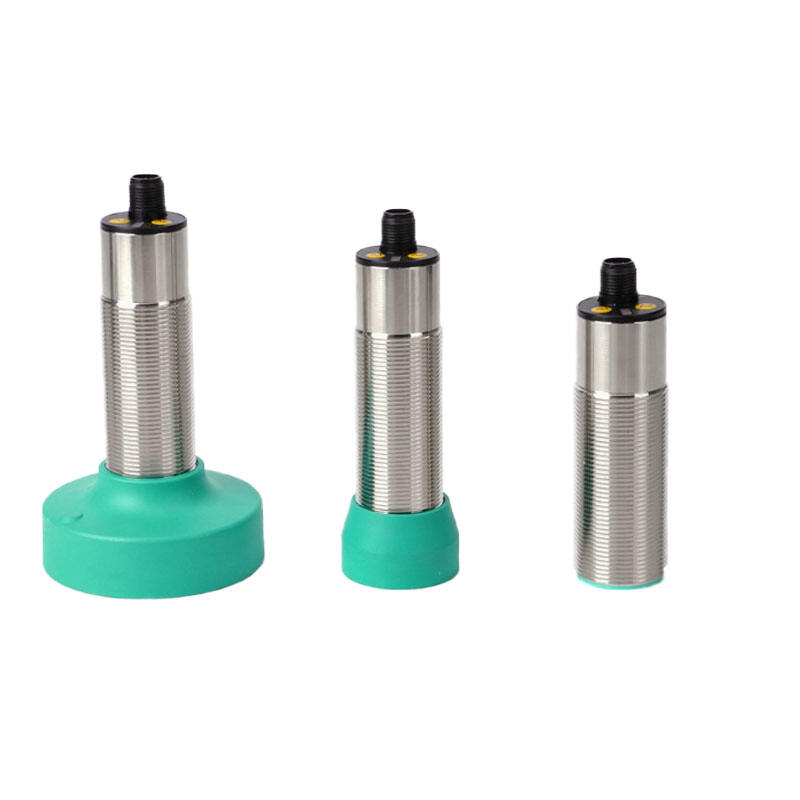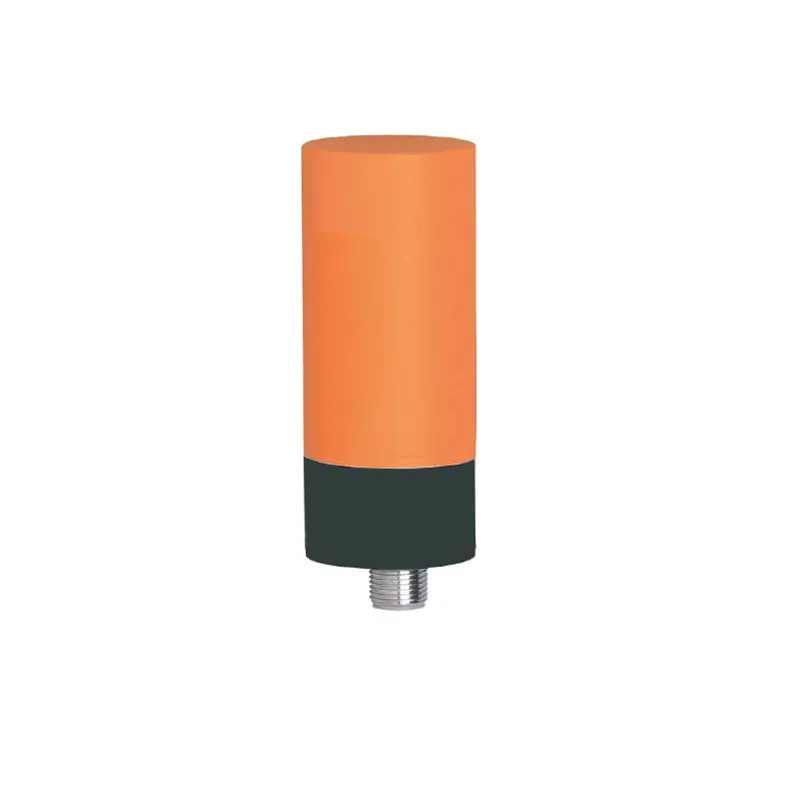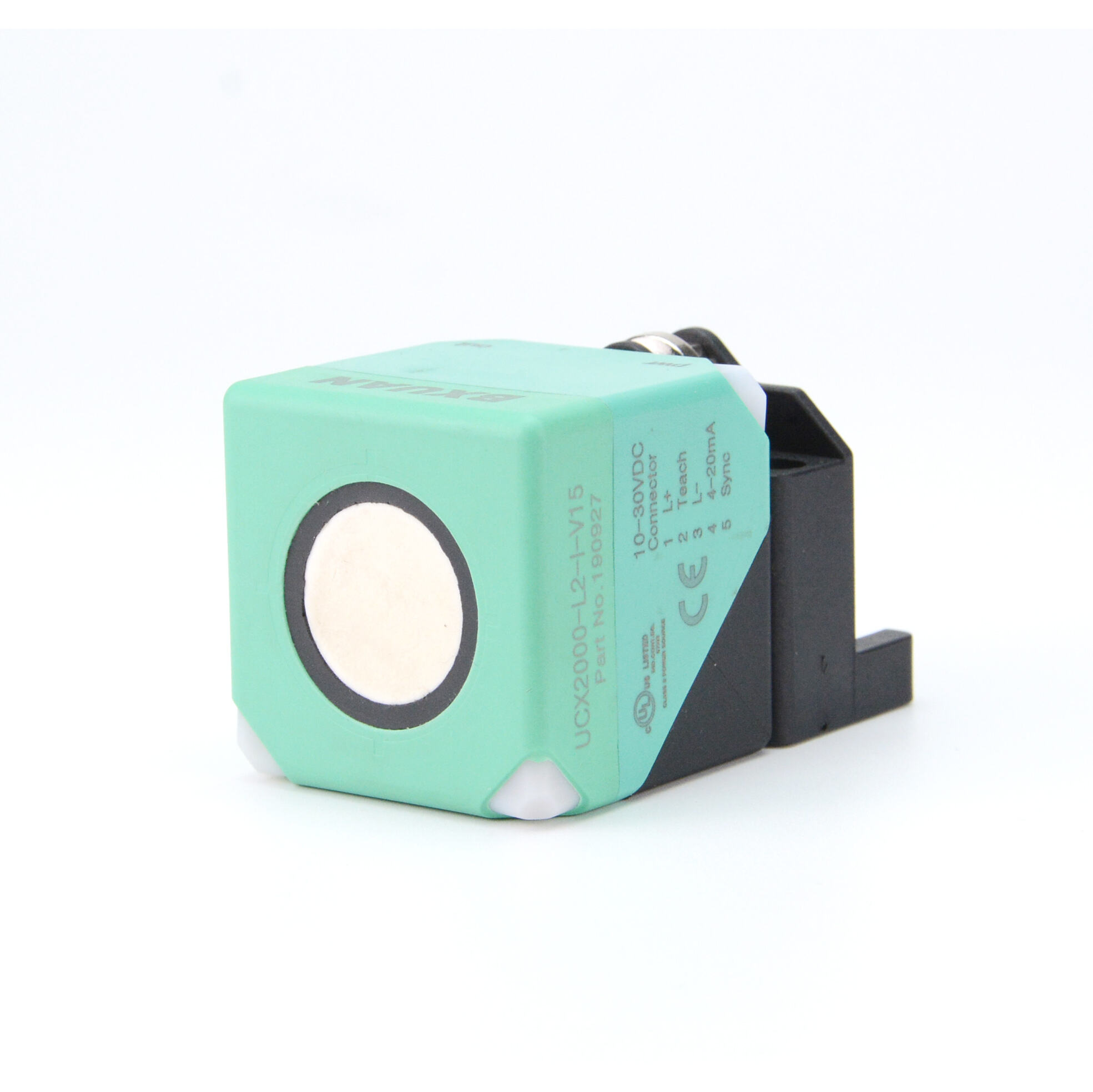sensor proximity capacitive
A capacitive proximity sensor represents a sophisticated detection device that operates based on electrical field changes. This advanced sensor technology utilizes capacitive sensing principles to detect both metallic and non-metallic objects without physical contact. The sensor generates an electrostatic field and monitors changes in capacitance when objects enter this field. When an object approaches the sensing face, it disturbs the electromagnetic field, causing a change in capacitance that triggers the sensor's output. These sensors excel in applications requiring precise detection through various materials, including plastic, glass, and liquids. The technology incorporates advanced filtering algorithms to minimize false triggers and environmental interference, ensuring reliable operation in industrial environments. Modern capacitive proximity sensors feature adjustable sensitivity settings, allowing users to fine-tune detection parameters for specific applications. They typically offer both normally open and normally closed output configurations, providing flexibility in system integration. The sensing range varies depending on the target material's dielectric constant, with typical detection distances ranging from a few millimeters to several centimeters. These sensors often include LED indicators for power and output status, facilitating easy troubleshooting and operation verification. Their solid-state construction ensures long operational life and resistance to environmental factors like vibration, temperature variations, and moisture.

